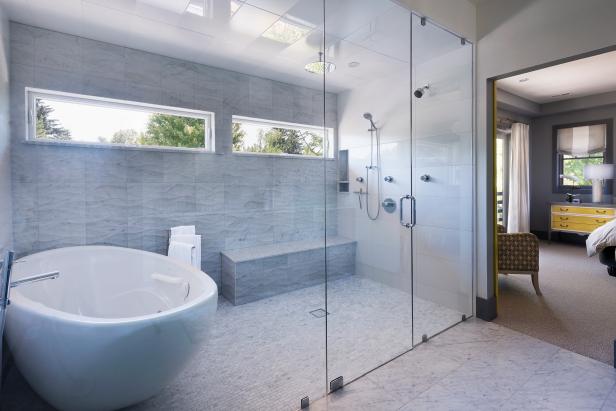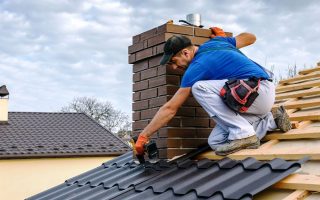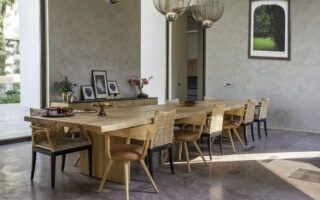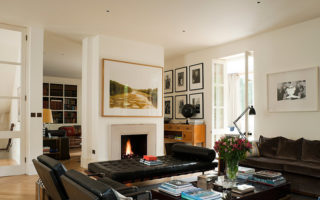Bathrooms for the disabled / handicapped are specially designed and constructed to provide simplicity for people with disabilities. Your bathrooms for the disabled must address a number of obstacles facing a disabled person. These challenges include availability, use of fittings and fixtures as well as activity and mobility. The look technology of accessories and accessories in a disabled bathrooms now also provide the elderly, individuals with permanent injuries or anybody with restricted activity abilities. Turning an existing typical bathroom into a bathroom for the disabled is a redesign and development project rather than bathroom renovations project.
OVERALL CHARACTERISTICS
Special design, layout and likely to allow for installing additional accessories and fixtures.
Custom & special design disabled bathroom fittings & accessories.
Larger dedicated fittings areas to help better gain access to and manouver-ability.
Flat surfaces with special non-slip covering for ease of access and safe movement.
Special placement ways of basins, toilet seats, bathtubs and showers to permit access for wheelchairs.
Specially fabricated materials for safety purposes.
CUSTOM Impairment BATHROOMS
Just Right Bathrooms are experienced in fitting and installing bathrooms for folks with various disabilities including people in wheelchairs, elderly people with mobility restrictions and others. A range of fittings can be found from our resource spouse, Reece, specially made to adhere to the needs of varied handicapped or disabled individuals. The fittings are designed so the completed bathrooms are just nearly as good looking and efficient as any other bathroom. We understand the many needs for people with various disabilities, therefore, we appreciate the value of creating unique bathroom designs appropriate for each specific renovations or construction project of any bathroom for the disabled.
It is extremely important for full disabled bathroom facilities to be accessible for whoever might need them.
There are various resources accessible for all different types of needs and requirements.Disabled Bathrooms must include grab rails, raised toilet seats and shower chairs merely to name a few.
Changes to the Building Restrictions have been comprehensive and now cover access for everybody, including-
Wheelchair users,
Ambulant disabled people
Folks of either intimacy with infants and small kids
People with luggage
People with learning difficulties
People with visual or hearing impairments
People who absence tactile sensitivity and are likely to scald themselves on hot floors.
The new standard is required for new buildings and major refurbishments, including extensions to buildings, or when a whole washroom or bathroom is refitted with new disability products. In addition, it takes under consideration certain requirements of the Impairment Discrimination Take action 1995, which says that “all suppliers of goods and services must remove all physical barriers where it is deemed reasonable to take action”, and this is most likely why the new standard is so exorbitant.
Here are a few types of how this construes into actual installations:Disabled bathrooms in hotels, the bedrooms which may have wheelchair access must show a about half and about half split between bathrooms with showers and bathrooms with baths and for both rooms there are new layout requirements, including a special bath that must be 480mm high with access for a mobile hoist.Unisex impairment toilet facilities In Activities Golf clubs, for example, a unisex toilet center providing wheelchair gain access to must be sited at every location within a building where there are washroom facilities; and where there is several unisex toilet center inside a building, they must be handed LH/RH to provide choices of transfer side.It is no more acceptable to just have disabled toilet facilities with a female or male bathroom. You need to also have another unisex WC center. Why unisex? The reasoning behind it is that if a couple, man and partner, use a sports activities club along and one of these is wheelchair-bound, in a unisex service the other can go in to the room with these to help if needed. The most recent trends in the Disability Discrimination Take action 1995 and the new Part M of the Building Rules have made the provision of disabled bathroom products even more important.Disabled open public conveniences, for standard type cubicles, there has to be a minimum of 450mm diameter maneuvering space within the cubicle. All entrance doors must either wide open outwards or be adapted to be handily lifted faraway from the front in the event someone has collapsed against the entranceway. Also, all signal bolts and entrances must be easily operated with a shut fist.All Disabled bathrooms, basin and bathroom taps (not showers) must be capable of being operated using a closed fist, this means solitary lever, lever action, drive button, or electric taps can be used.Non-residential disabled bathrooms, all basin taps, bath taps, showers, and kitchen taps must be thermostatically covered with the warm water discharging at a maximum temperature of 41°C.Disabled Bathrooms for folks with aesthetic disabilities, all sorts of commercial bathroom and washroom sanitary-ware, walls, and floor surfaces must all contrast with each other. This means all white in your bathrooms will no longer be acceptable. The typical takes a contrast value of 30% difference in the luminance of the surfaces.Male / feminine disabled bathrooms, there should be at least one ambulant cubicle. This cubicle needs to be 800mm extensive with a clearance of 750mm from the front edge of the WC to the front of the cubicle. There must be two horizontal get rails with least one vertical rail. The WC will need to have a seat height of 480mm from the floor however the projection of the WC is not stated. The cubicle door must open up outwards.For people with small kids, carrying baggage (especially useful in major stores, airports, and stations) and dogs, or ambulant disabled people, in virtually any building where there are four or more cubicles, in just a female or male washroom, there must also be an enlarged cubicle. The enlarged cubicle must be 1.20m vast, have one horizontal and one vertical rail set about the WC, and a shelf and folding baby changing stand (unless there’s a split baby changing center close to the washroom). The legislation says that wheelchair accessible toilets should not be used for baby changing areas.Disabled Restrooms In offices or changing rooms, for example, where showers are given for staff or guests, at least you need to be a well suited for wheelchair users. Leisure centres with wheelchair access and disabled facilities should ensure that they offer satisfactory locker room for crutches and other products to be stored. Also, they must provide sufficient space in disabled showers for wheelchair access.




